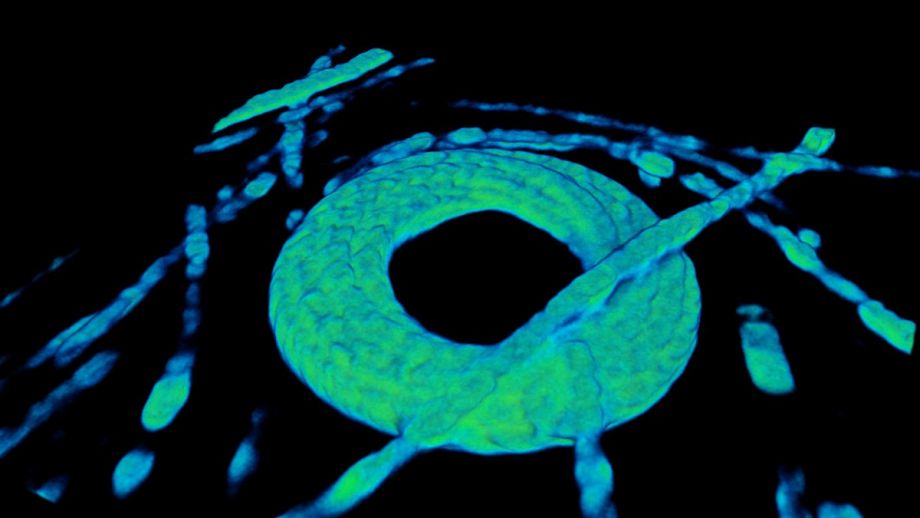Imagine knowing exactly what bacteria are lurking in the sewer at the end of your block.
Sounds unappealing, right? Well, not if you are a scientist attempting to track the spread of those nasty, antibiotic-resistant bacteria and bedbugs that right now cost cities millions of dollars in health care — and more importantly, lives.
This fall, a team of institutions at New York University is moving forward with a cross-university effort to get into city sewers, take microbiological samples and do DNA sequencing on the organisms found there. The newly formed Center for Urban Science and Progress (CUSP) will map the data and entered it into Pathomap, Weill Cornell Medical College’s citywide catalog of microbes.
The ultimate goal is to map something called the metagenome of New York City. A metagenome is all the genetic material present in an environmental sample, consisting of the genomes in the DNA of many individual organisms. Enabled by high-tech DNA sequencing technology, this is a far-reaching project that would have been overwhelming to execute 10 years ago, and impossible to even imagine 20 years ago. (Metagenomics builds off the same sort of process used in the historic Human Genome Project, but since then the technology has evolved quite a bit. Sequencers at NYU’s Center for Genomics and Systems Biology can do in 10 days what it took the 1990s-era Human Genome Project 10 years to complete. )
“When you go out and sequence the DNA found in a gram of soil or a bit of seawater, you get incredible diversity of microbial life,” said Dr. Ari Patrinos, deputy director for research at CUSP. “You don’t get entire genomes. You only get pieces of that DNA, but you get insights about which families of DNA that bacteria comes from. As we sequence more individual microbes, our data grows by leaps and bounds.” Patrinos took part in the Human Genome Project during his tenure at the Department of Energy.
When I visited the Center for Genomics and Systems Biology, the project’s lead partner, I learned about preliminary research questions that include tracking the spread of antibiotic resistant bacteria, bedbugs, threats from bioterrorism, mold and different kinds of influenza. In the end, though, this is basic research that could lead almost anywhere.
The project is still very much in its early stages. CUSP remains in negotiations with New York’s Department of Environmental Protection over sewer access. Researchers haven’t yet moved beyond verification, sequencing DNA from soil in Washington Square Park and the waste from mice. They hope to begin sampling in the sewers by next spring. Bacteria samples taken from cash in circulation throughout the city will complement the sewer data.
“Mapping the NYC Metagenome,” as the project is known, is headed by the NYU’s Genomics center, along with CUSP, the School of Medicine and the Global Institute of Public Health. It’s received seed funding from the university in the form of a $250,000 Grand Challenge Grant, issued in response to President Obama’s Strategy for American Innovation.
The Science of Cities column is made possible with the support of the John D. and Catherine T. MacArthur Foundation.
Brady Dale is a writer and comedian based in Brooklyn. His reporting on technology appears regularly on Fortune and Technical.ly Brooklyn.

















